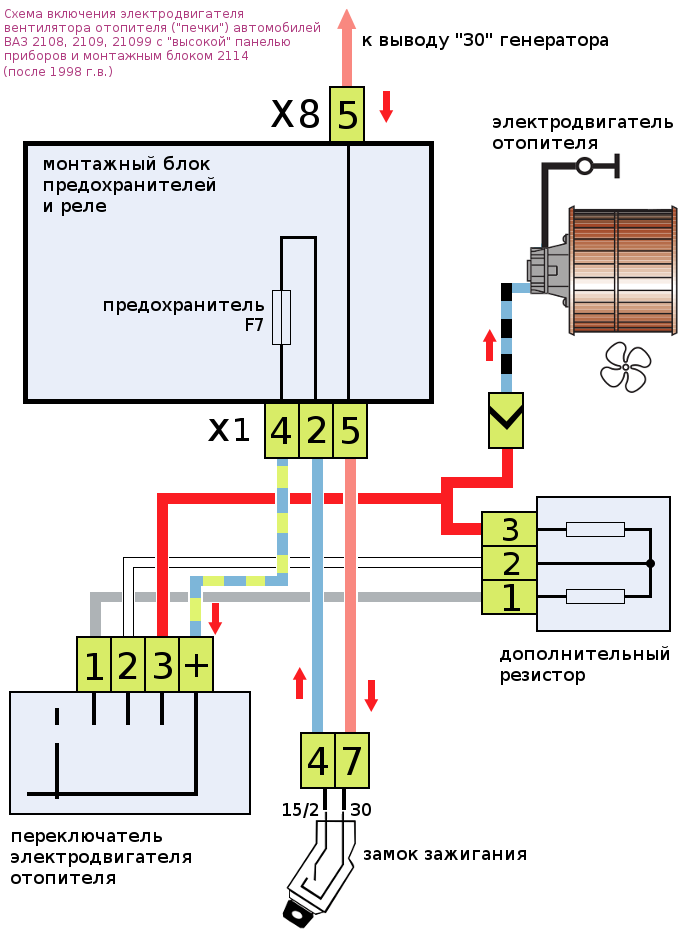
Why is the paint on the car cracking?
Content
Body paint carries not only a decorative, but also a utilitarian load: it protects the metal from corrosion and other damage. Therefore, the technology of its application must be strictly observed. Otherwise, color defects, in particular cracks, may appear.
Cracks that appear in body paint can be divided into two categories:
- arising during operation;
- they appear immediately after painting (they are also called hair).
Cracking during operation
Acrylic paint is commonly used to cover the car body. It is distinguished by its strength and durability. However, such reliable paint sometimes cracks. Sometimes this is due to objective reasons, for example, mechanical damage to the body as a result of an accident. In addition, defects can occur due to the use of non-certified chemicals in a car wash. Sometimes acrylic paint cracks when exposed to temperature changes or as a result of prolonged exposure to direct sunlight on the machine. The reagents used to treat roads in winter can also have a negative effect on the paint.
Acrylic paints for car painting
However, acrylic paint, applied in accordance with the requirements of the technology, usually copes with such problems. In most cases, defects occur with poor-quality painting. In addition, violations can be committed both at the factory and in private workshops.
hairline cracks
This name is explained by its shape and thickness: they look like long hairs. They appear on a freshly painted surface and are clearly visible only after the paint has dried. They are almost impossible to spot right away (hence why they are considered especially troublesome). Being microscopic at an early stage, over time they can grow into a wonderful network.
Violations in the process of preparing the base
The main causes of the appearance of large and small cracks are approximately the same. One of the most common is improper surface preparation before painting (for example, if the old defective layer of paint has not been completely removed).
Another reason why the paint cracks after painting may be the insufficient qualifications of the painter. In particular, defects can occur as a result of non-observance of proportions when preparing a two-component paint, as well as the use of poor-quality material.
Sometimes the problem lies in the primer or the application process. It is also important to strictly observe the proportions of the components and the rules for working with the material. Manufacturers usually attach detailed instructions to the product, which should be carefully read. So, for example, acrylic soil in jars must be shaken regularly, since as a result of the settling of heavy components to the bottom, the properties of the material are lost.
Acrylic paint often cracks in places where putty is applied too thickly. Specialists do not always meet the standards of their application. For example, large dents are sometimes removed not with straightening, but with putty. The pressure exerted by drying coatings on the surface is calculated on the metal. Putty does not resist, shrinks and breaks. This leads to the formation of cracks after drying.
When preparing multi-component putty, artists also often make violations related to the ratio of proportions. For example, to speed up the drying process, add too much hardener. When applying putty with a thin layer of negative consequences usually do not happen. But if there is too much of it, then when it dries, it cracks.
Other possible causes
In addition to poor surface preparation, cracking can be caused by:
- the paint is applied too thick;
- speed up the drying process of the primer (for example, due to forced airflow);
- use of the wrong solvent;
- insufficient mixing of coatings.
How to prevent cracking
To prevent acrylic paint from cracking, it is necessary to properly prepare the surface for painting. The body must be cleaned to metal, and then thoroughly degreased. When removing dents, smoothing should be used as much as possible so that the putty layer is as thin as possible. When preparing the surface, sufficient attention must be paid to each defective area. Any defects can cause the paint to crack some time after painting.
It is necessary to strictly follow the instructions of the manufacturers, carefully study the composition of the materials used (acrylic paint, primer, putty, varnish). To measure the proportions, it is recommended to use a measuring container, which, as a rule, is attached to the package. If all the requirements are met, in the event of cracks appearing on the paintwork, the car owner will be able to determine why the cracks appeared and to whom to file a claim.
How to repair cracks
Paint cracking is a serious problem. It will take a lot of effort to solve it. If the car is under warranty, immediately after the first signs of cracks are detected, it is recommended to contact the dealer. In the absence of such an opportunity, the problem will have to be solved on its own (or at your expense). Regardless of why the paint is cracked, the damaged area needs to be sanded down. To do this, use a grinder or sandpaper with a gradual increase in grain size (from about 100 to 320 units). It is necessary to remove all damaged layers (it is desirable to remove them to the metal).
After etching, acrylic putty and primer are applied. LKP is applied on top (it is desirable that the paint is also acrylic). Depending on the area of damage, the treatment is subject to:
- separate zone;
- a complete element (for example, a hood or fender);
- whole body
For high-quality paint application, the correct conditions (temperature, lighting, humidity, etc.) must be created in the room. That is why many car owners prefer to carry out painting in specialized organizations. However, this operation can be carried out independently. But at the same time, all technological requirements must be strictly observed.
